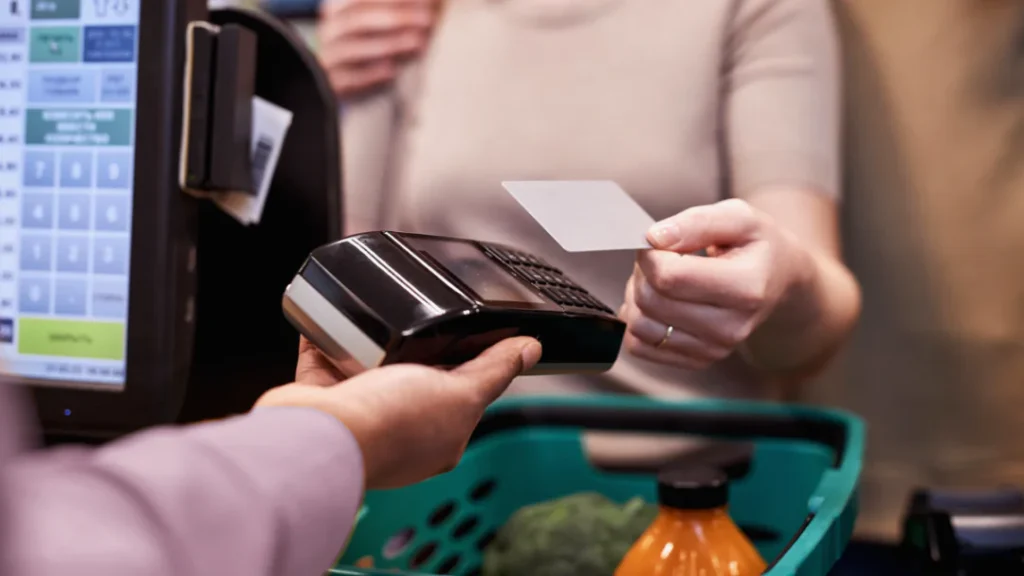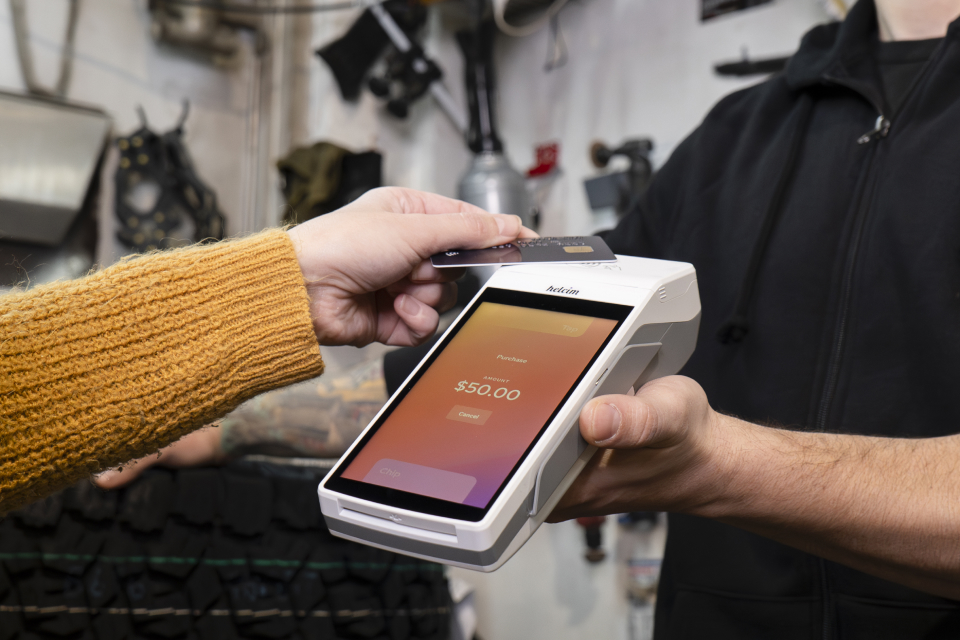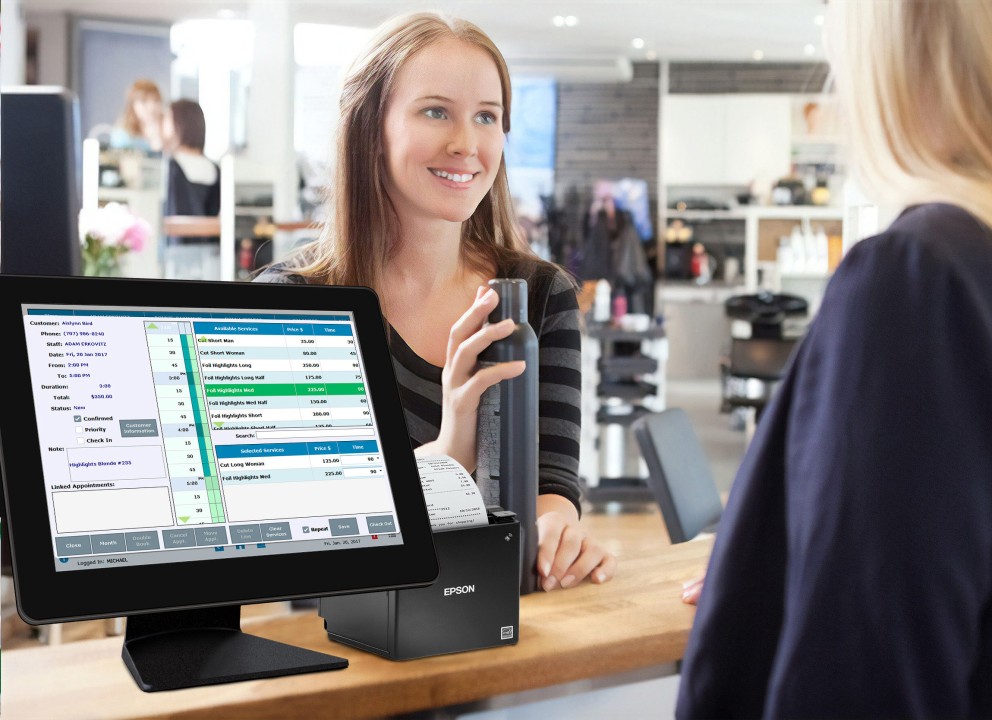5 Steps to Secure Customer Data on Your POS System

In today’s digital landscape, securing customer data is more critical than ever. Point-of-Sale (POS) systems, often the backbone of retail and hospitality businesses, are a common target for cybercriminals due to the sensitive financial and personal information they process. A single breach can compromise customer trust, tarnish your brand reputation, and incur costly legal penalties.
To safeguard your customers and your business, it’s essential to adopt robust security practices for your POS system. Here are five actionable steps to ensure the safety of customer data on your POS system:
1. Use End-to-End Encryption (E2EE)
End-to-End Encryption is one of the most effective ways to protect sensitive data as it travels through your POS system. With E2EE, customer data is encrypted at the point of entry (such as a card swipe or tap) and only decrypted once it reaches the secure payment processor. This means even if a hacker intercepts the data, it will be unreadable and useless to them.
Implementation Tips:
- Work with your POS provider to ensure their system supports E2EE.
- Regularly audit encryption protocols to ensure they meet the latest industry standards.
- Combine encryption with tokenization for added security.
By encrypting data from start to finish, you’ll greatly reduce the risk of interception during transactions.
2. Ensure PCI DSS Compliance
The Payment Card Industry Data Security Standard (PCI DSS) is a set of security standards designed to protect cardholder data. Compliance with PCI DSS is not just a recommendation; it’s a requirement for businesses that handle credit card transactions.
Steps to Achieve Compliance:
- Use a PCI-compliant POS system.
- Regularly conduct vulnerability scans and security assessments.
- Maintain a secure network by using firewalls and strong passwords.
- Train employees on PCI DSS requirements to prevent accidental breaches.
Staying PCI compliant not only protects customer data but also shields your business from legal and financial liabilities in the event of a breach.
3. Keep Software and Hardware Up to Date
Outdated software and hardware can leave your POS system vulnerable to cyberattacks. Developers regularly release updates and patches to fix security vulnerabilities, so keeping your system up to date is critical.
Best Practices:
- Enable automatic updates for your POS software whenever possible.
- Work with your vendor to schedule regular hardware and firmware checks.
- Replace outdated devices that no longer receive security updates.
Neglecting updates is one of the easiest ways for hackers to exploit your POS system. Be proactive in maintaining up-to-date technology.
4. Implement Multi-Factor Authentication (MFA)
Multi-Factor Authentication adds an extra layer of security by requiring users to verify their identity through multiple methods (e.g., a password and a fingerprint or a one-time code). This makes it much harder for unauthorized users to gain access to your POS system, even if they manage to steal login credentials.
How to Get Started with MFA:
- Enable MFA for all admin and user accounts associated with your POS system.
- Use MFA apps like Google Authenticator or Microsoft Authenticator for one-time codes.
- Educate employees on the importance of using secure authentication methods.
Adding MFA significantly reduces the risk of unauthorized access and strengthens your overall security posture.
5. Monitor and Audit POS Activity Regularly
Monitoring your POS system for unusual activity can help you detect and respond to potential security threats before they escalate. Regular audits also ensure that your system is functioning securely and efficiently.
Key Monitoring Practices:
- Set up alerts for suspicious transactions, such as multiple declined attempts.
- Regularly review user access logs to identify unauthorized access attempts.
- Conduct annual or semi-annual security audits with a trusted IT professional.
By keeping a close eye on your POS system, you can quickly identify vulnerabilities and take action to mitigate them.
Final Thoughts
Securing customer data on your POS system is not just a technical necessity; it’s a critical component of building and maintaining customer trust. By implementing these five steps—using End-to-End Encryption, ensuring PCI DSS compliance, keeping software updated, enabling Multi-Factor Authentication, and monitoring activity—you can create a safer environment for your customers and protect your business from costly breaches.
Data security is an ongoing process that requires vigilance, investment, and education. By staying proactive and prioritizing security, you can stay ahead of potential threats and foster long-term customer loyalty.






